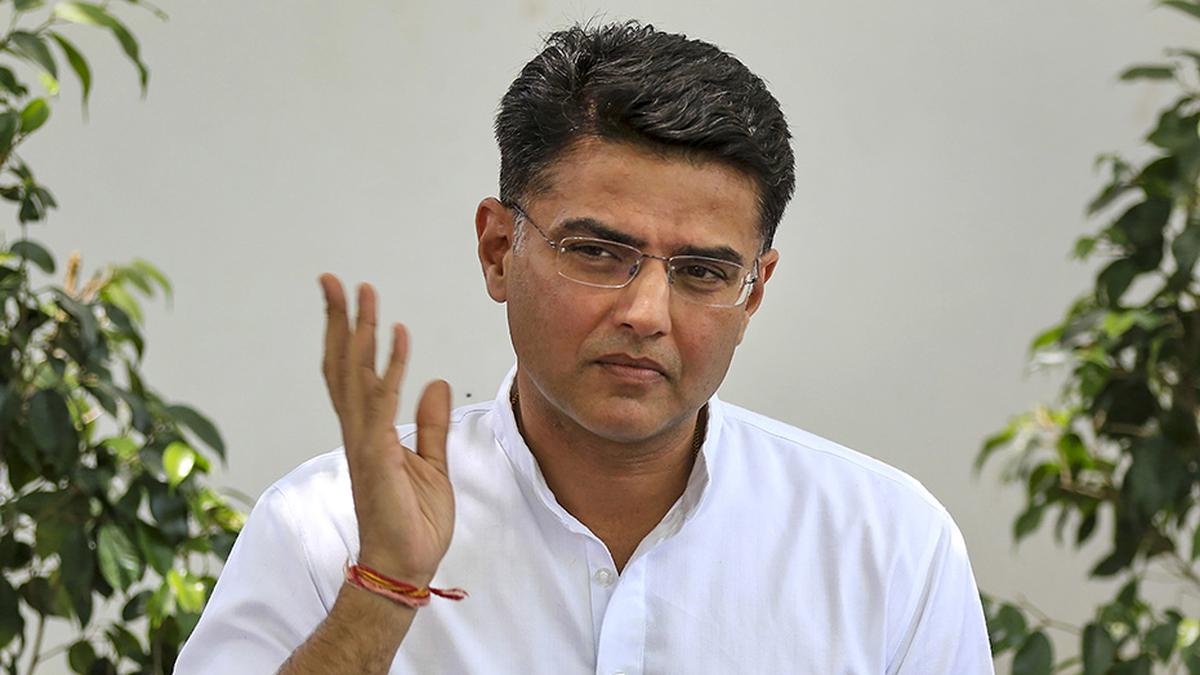Struggling to connect and streamline its multiple mobility modes, can Bengaluru learn from transport innovations designed and enforced with much care in many cities worldwide? From seamless inter-modal connectivity to common ticketing to tech-based predictability of public transport, the best practices are not rocket science but doable without mammoth investments.
Yes, many First World cities are leagues ahead of Bengaluru in terms of public infrastructure. Decades of sound investment in well-designed roads, footpaths, safe intersections, crossings were preceded by futuristic town-planning that judiciously earmarked space for walkers, buses, cyclists and strictly regulated motorways.

The well networked suburban rail network in Sydney runs high frequency double decker trains till 3 a.m. | Photo Credit: SPECIAL ARRAGEMENT
Low-hanging solutions
Having lost decades in poor planning, Bengaluru is playing catchup with mixed results. But what the city could do is first grab those low-hanging fruits: Boost the predictability of BMTC buses with basic technology that has been available for years, upgrade those bus stops with good lighting, seating and digital display boards, make footpaths obstacle-free and fast-track the suburban rail construction.
Spread out and with much less population than Bengaluru, Sydney rarely faces the extreme traffic jams that are a daily affair here. Decades back, the Australian city invested in a well-connected suburban train network that ferries thousands of commuters between the distant suburbs and the Central Business District (CBD) area. Built as a hybrid urban-suburban system, the network covers over 813 kms of track with 170 stations on eight lines. A central underground core covers 369 km of route length.
Bengaluru is still in the initial building stage of a similar suburban rail network, which was first proposed over 35 years ago. Lack of a fast, reliable suburban train system forced lakhs of people to move into the city’s core, triggering absolute urban chaos. As the population soared beyond 1.3 crore, vehicular numbers exceeded 1.1 crore, severely straining the limited road infrastructure. Seasoned campaigners for the commuter rail are convinced fast-tracking the suburban network is the only escape route.

Car domination
Unlike Sydney, Melbourne or London, Southeast Asian cities such as Manila, Jakarta and Bangkok are facing similar problems encountered by Bengaluru, says Sathya Sankaran from Citizens for Sustainability (CiFoS). “The car dominated infrastructure is continuing everywhere. When I went from Bangkok to Ayutthaya town, I found a lot of highways, but the train had very minimal service,” he recalls.
Jakarta, he notes, is a very big city with about 24 million people. “Manila is also very big. Bangkok is also sprawling, but they are all making the same mistake of not focussing on mass transport, walkability or cyclability. In Bangkok, the newer developments are very far away. The older cities are nicer, you can still walk. But there are no lights on the footpaths, it is dark most of the time. They are failing to build mass transport facilities and build transit-oriented development around it. Train infrastructure is being built extremely slowly,” he explains.

Sydney rarely faces extreme traffic jams, the Australian city invested in a well-connected suburban train network that ferries thousands of commuters between the distant suburbs and the Central Business District (CBD) area. | Photo Credit: RASHEED KAPPAN
Invest in heavy infra now
Suburbs in Sydney are laid out years in advance before the property developers move in. But Bengaluru, without even a proper master plan on the horizon continues to be haphazard in its sprawling growth. “A lot of the populated cities should make investments in heavy infrastructure now because it is getting increasingly expensive. The cost of labour, land, and infrastructure are all going up. Building the same 20 years from now will mean bearing astronomical costs.”
If this is about planning far into the future, the developed world cities have shown how predictability of public transport increases usage. As the fledgling BMTC App struggles to locate buses real time, the Tripview Lite App in Sydney shows when exactly your next bus arrives at the nearest bus stop, accurate to the last minute. The App updates the location status in real time so that you can adjust your travel plan accordingly. The bus or train service could be searched by route, station, stop or route. Any change in timetable is updated in real time.
Bus predictability, real-time status
But will Bengalureans shift to public transport in big numbers if the buses are predictable alone? Independent mobility consultant Satya Arikutharam observes: “Most commuters are cost conscious. They are also dependent on minimum quality expectations. Besides reliability, cleanliness, chance to at least stand without being pushed and shoved around, and how close the end point is to the destination, are all key factors. If these criteria are not met, even if I want to travel, I will not.”
Boosting the grossly inadequate bus fleet could potentially improve frequency and predictability. For years, vociferous demands for more buses have not really pushed the total bus numbers beyond a miniscule 6,400. Satya draws attention to the reason why the urgency is missing: “BMTC comes under the ministry of transport, while subsidised buses are through the Jawaharlal Nehru Urban Renewal Mission that comes under the Ministry of Urban and Housing affairs.”
This, he says, means somebody is subsidising the buses, somebody else is managing the operations. “So there is no cohesion at all even within the same mode in terms of management control. Besides, there is no route integration between metro and buses. What we have is a very substandard and inefficient public transport system,” he points out.
Critical to large-scale public transport adoption is reliability of last-mile connectivity. Almost all suburban train stations in Sydney have bus stops within a short walking distance. To connect newer suburbs with less frequent bus services, there is an on-demand Cooee minibus service. Commuters heading into or out of a train station could search for it on an App and hop on if it is closeby. This service acts as a hybrid, integrating the availability of public transport with the convenience of a cab.

Public transport in Sydney. | Photo Credit: RASHEED KAPPAN
Trams in Karanth Layout!
In Melbourne, trams are an extensive part of the public transport network. Within a rectangular grid in the inner city, these are even free. But will such a service work in Bengaluru? What if trams run from Vidhana Soudha to Queen’s Road, M.G. Road, Cubbon Park and back to Ambedkar Veedhi in a loop? Many feel this can work only if many stretches are pedestrianised. However, the practicality is questionable due to multiple factors including road width, haphazard driving behaviour and safety.
Instead, Satya suggests introduction of tram services within large upcoming residential areas such as the Shivaram Karanth Layout with about 34,000 sites. “This is a big opportunity to try out the service for commuting between different phases within the layout,” he says.
This might just be the beginning of a car-free neighbourhood concept, the first experiment of which went live in Tempe, Arizona two months ago. The neighbourhood called Culdesac is on a 17-acre site, transformed as a walkable, human-scale community devoid of cars and parking slots. The first 36 residents moved in early this year. Will the next experiment take shape in a gated community in Bengaluru?

 1 month ago
107
1 month ago
107


